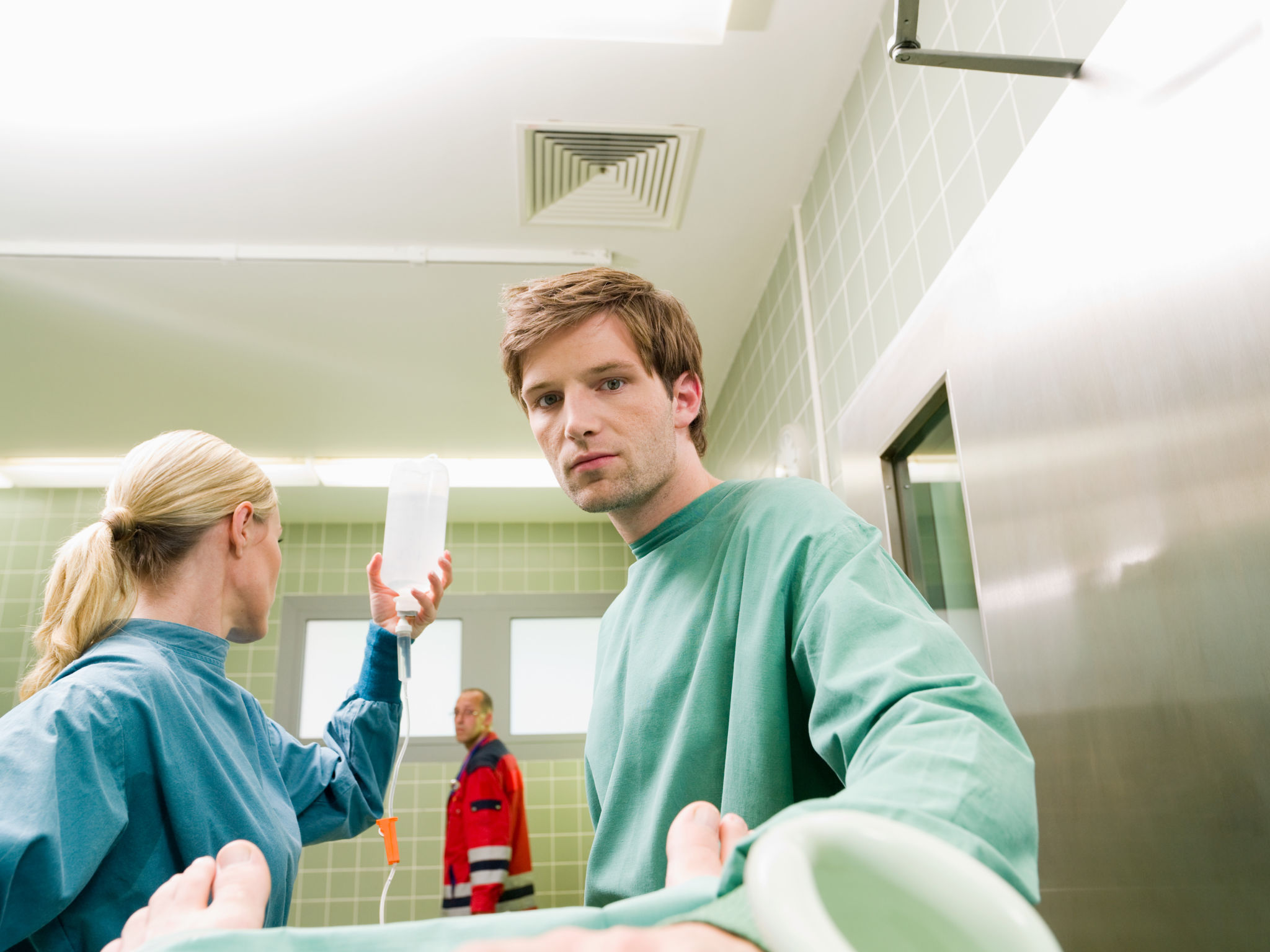Preparing for the Unexpected: A Guide to Standby Medical Care at Events
Understanding the Importance of Standby Medical Care
Whether it's a concert, sports event, or corporate gathering, events often draw large crowds. With these gatherings comes the increased risk of medical emergencies. Having standby medical care is crucial to ensure the safety and well-being of all attendees. It's not just about managing potential injuries; it's about peace of mind for organizers and participants alike.

Effective medical planning requires understanding the unique needs and potential risks associated with the specific type of event. Different events pose different challenges, and having a one-size-fits-all approach is rarely effective. Tailoring your medical preparedness plan to the event can significantly enhance safety and response efficiency.
Key Components of a Medical Preparedness Plan
Assessing Potential Risks
A thorough risk assessment is the foundation of any effective medical preparedness plan. Consider factors such as the size of the crowd, the nature of the event, and the demographics of attendees. For instance, a music festival may have different requirements compared to a corporate seminar. Identifying these variables helps in anticipating specific medical needs.
Engaging Professional Medical Services
Partnering with professional medical service providers is an essential step. These experts bring specialized skills and equipment to manage emergencies efficiently. They can offer services ranging from basic first aid to advanced life support, ensuring that any situation is handled promptly and competently.

Training and Equipment Essentials
Empowering Staff with Training
Beyond professional medical teams, it’s vital to have trained personnel among your event staff. Providing basic first aid and emergency response training empowers staff to act swiftly in critical situations. This training can make a significant difference in the moments before professional help arrives.
Ensuring Proper Equipment Availability
Having the right medical equipment on hand is another crucial element. This includes items like automated external defibrillators (AEDs), first aid kits, and stretchers. Placing this equipment strategically throughout the venue ensures quick access when needed, potentially saving lives.

Communication and Coordination
Establishing Clear Communication Channels
Effective communication is key in managing emergencies. Establish clear communication channels between medical teams, event staff, and local emergency services. This coordination ensures that all parties are informed and can respond quickly in case of an incident.
Conducting Drills and Simulations
Regular drills and simulations help reinforce preparedness plans. By rehearsing different scenarios, teams can identify gaps in their response strategies and make necessary adjustments. This practice builds confidence and ensures that everyone knows their role in an emergency situation.
Post-Event Review and Improvement
After the event, conduct a review to evaluate the effectiveness of your medical preparedness plan. Gather feedback from medical teams, staff, and even attendees to identify areas for improvement. Continuous evaluation helps refine your strategies, making future events even safer for everyone involved.
Preparing for the unexpected with a comprehensive standby medical care plan not only ensures safety but also enhances the overall experience for attendees. Being proactive rather than reactive is key to successful event management.
